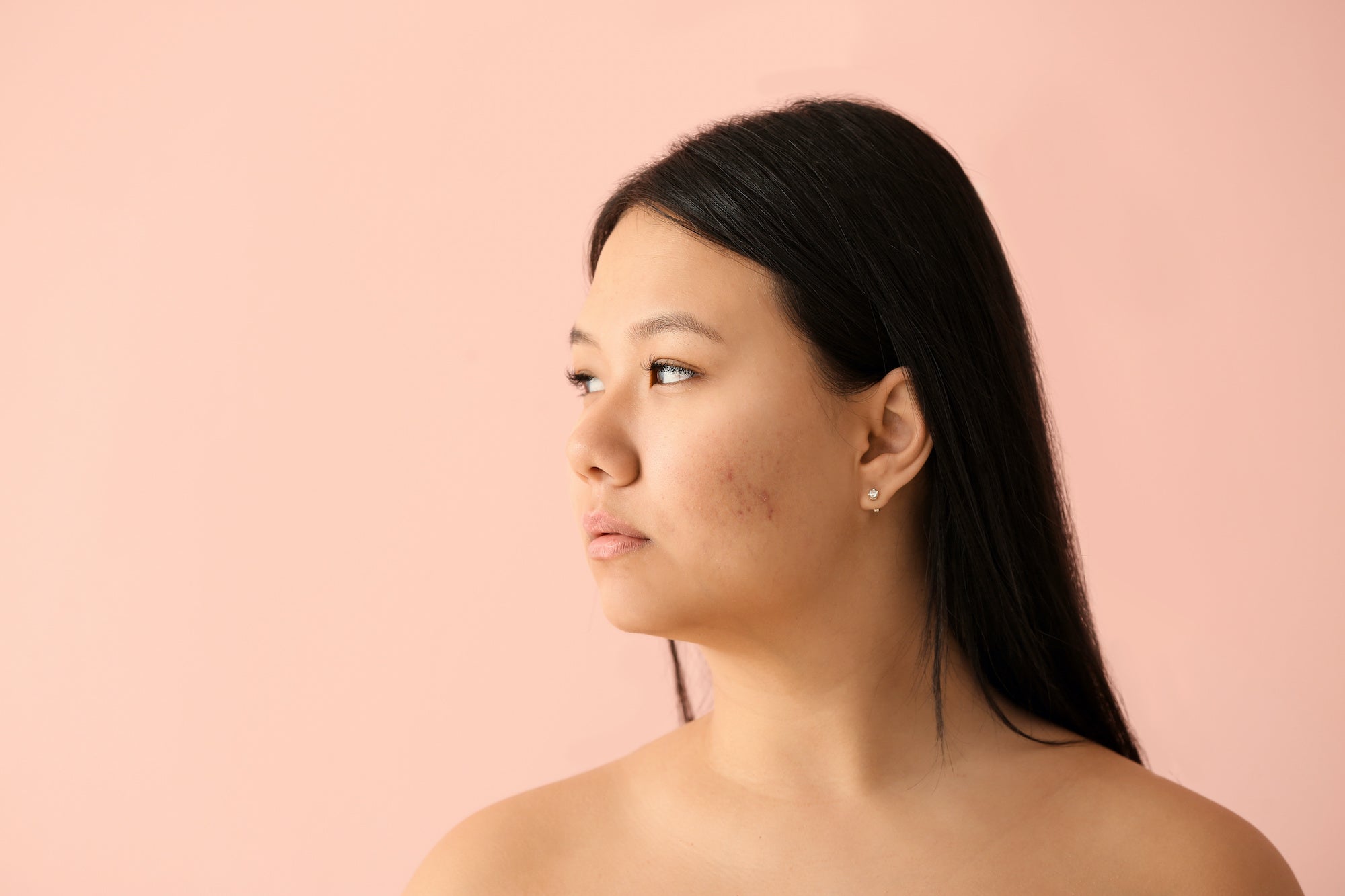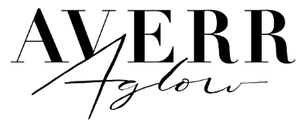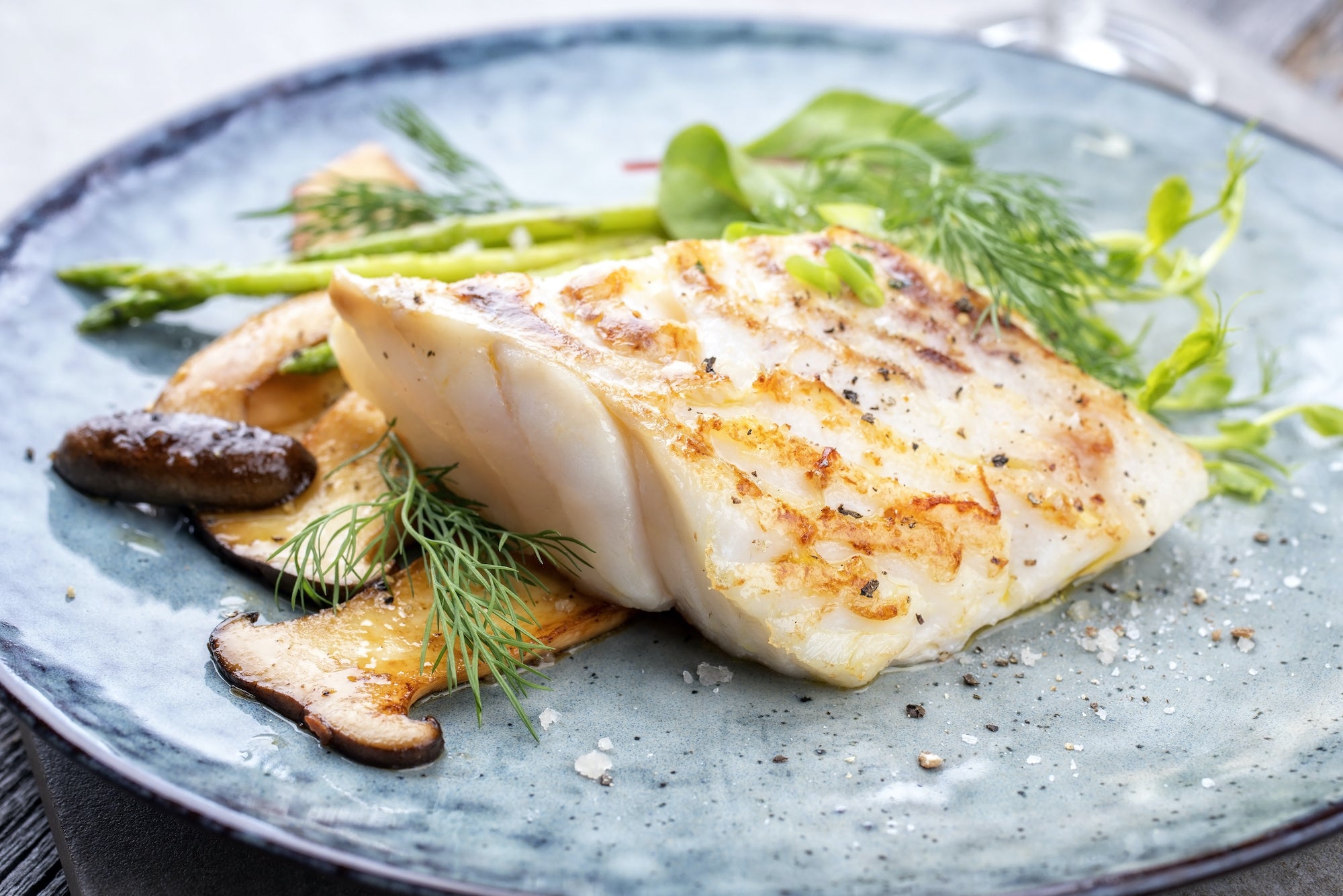
What’s the Deal with Hormonal Cystic Acne?
The Breakdown of Hormonal Cystic Acne
Hormonal cystic acne is often characterized by deep, painful cysts beneath the skin's surface. These cysts are usually larger and more severe than typical acne lesions. Often appearing in the T-zone area like the jawline, chin, and neck are common areas for hormonal acne to appear, although it can occur on other parts of the face and body as well.
What is Hormonal Cystic Acne?
Hormonal cystic acne is a specific type of acne that is linked to hormonal fluctuations in the body. Hormones play a crucial role in the development of acne, and hormonal cystic acne tends to occur in response to changes in hormonal levels, particularly an increase in androgens.
Key characteristics of hormonal cystic acne include:
- Deep, Painful Lesions: Hormonal cystic acne typically involves the formation of large, deep-seated cysts beneath the skin. These cysts can be more painful and inflamed compared to other forms of acne.
- Timing with Menstrual Cycle: Women often notice that hormonal cystic acne flares up around the time of their menstrual cycle, known as "menstrual acne." This is due to the hormonal changes that occur during the menstrual cycle.
- Jawline and Chin Predominance: Hormonal acne, including cystic acne, often appears on the lower part of the face, particularly along the jawline and chin.
- Persistence: Hormonal cystic acne lesions can be more persistent and slower to heal than other types of acne. They may also leave behind more noticeable scars.
What Causes Hormonal Cystic Acne?
Hormonal cystic acne is primarily caused by fluctuations in hormone levels, specifically changes in androgen hormones. Androgens are male hormones that are present in both males and females, and they play a crucial role in regulating various physiological processes, including the production of oil (sebum) in the skin. When androgen levels increase, the sebaceous glands in the skin may produce more oil than usual, leading to the development of acne, particularly cystic acne. Several factors contribute to hormonal cystic acne:
- Puberty: Adolescence is a common time for hormonal fluctuations, with an increase in androgen production. This surge in hormones can lead to increased oil production and the development of cystic acne.
- Menstrual Cycle: Women often experience hormonal changes during their menstrual cycle. In the days leading up to menstruation, there is an increase in androgen levels, which can trigger the onset of hormonal cystic acne. This is commonly referred to as "menstrual acne."
- Pregnancy: Hormonal changes during pregnancy can also contribute to the development of cystic acne. Fluctuations in hormone levels, including an increase in androgens, may lead to changes in skin health.
- Polycystic Ovary Syndrome (PCOS): PCOS is a hormonal disorder that affects women, often leading to irregular menstrual cycles and increased androgen levels. Women with PCOS are more prone to hormonal cystic acne.
- Menopause: Hormonal changes during menopause, specifically a decrease in estrogen levels, can result in an imbalance of hormones, including increased androgens. This hormonal shift may contribute to the development of cystic acne in some women.
- Stress: While not a direct hormonal cause, stress can indirectly influence hormone levels. Elevated stress levels may trigger the release of certain hormones that can exacerbate acne, including cystic acne.
- Genetics: A genetic predisposition may contribute to an individual's susceptibility to hormonal cystic acne. If family members have a history of severe acne, including cystic acne, it may increase the likelihood of its occurrence.
It's essential to note that the precise causes of hormonal cystic acne can vary from person to person, and multiple factors may interact to contribute to its development. Effective management often involves addressing the underlying hormonal imbalance. Additionally, skincare routines, lifestyle modifications, and dietary changes may be recommended as part of a comprehensive approach to managing hormonal cystic acne.
Hormonal Cystic Acne vs Regular Acne
Hormonal cystic acne and regular acne, also known as common acne or acne vulgaris, are two distinct types of acne that differ in their characteristics, causes, and severity. Here's a comparison between hormonal cystic acne and regular acne:
Hormonal Cystic Acne:
- Nature of Lesions: Hormonal cystic acne involves the formation of deep, painful cysts beneath the skin. These cysts are typically larger and more inflamed than typical acne lesions.
- Location on the Face: Hormonal cystic acne often appears along the jawline and chin. This distribution is a common characteristic of hormonal acne.
- Timing with Hormonal Changes: Hormonal cystic acne is often linked to hormonal fluctuations, especially in females. It may flare up around the menstrual cycle.
- Persistence: Cysts in hormonal acne may take longer to heal compared to regular acne lesions, and they can be more persistent.
- Scarring: Due to the depth and inflammation of cysts, hormonal cystic acne has an increased risk of scarring compared to regular acne.
Regular Acne (Non-Cystic):
- Nature of Lesions: Regular acne typically involves the formation of pimples, papules, and pustules on the skin's surface. These lesions are generally smaller and less inflamed than cysts.
- Location on the Face: Non-cystic acne can occur in various areas of the face, including the forehead, nose, cheeks, and chin. The distribution may not be as concentrated along the jawline and chin.
- Timing: Regular acne can occur at any time and is not necessarily tied to hormonal fluctuations. It may be influenced by factors like genetics, diet, and skincare habits.
- Persistence: Non-cystic acne lesions often heal more quickly than cysts, with a lower likelihood of leaving significant scars.
- Scarring: While regular acne can lead to scarring, the risk is generally lower than with hormonal cystic acne.
In summary, while hormonal cystic acne and regular acne share some common features, hormonal cystic acne is characterized by the presence of deep, painful cysts influenced by hormonal fluctuations, particularly in females. Regular acne encompasses a broader range of lesions and can occur independently of hormonal changes.
Treating hormonal cystic acne often involves a comprehensive approach that involves lifestyle and dietary changes that may help support overall skin health and hormonal balance. Keep reading to learn more and try these additional strategies.






